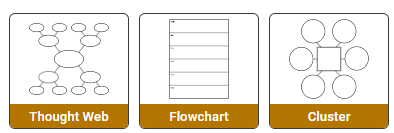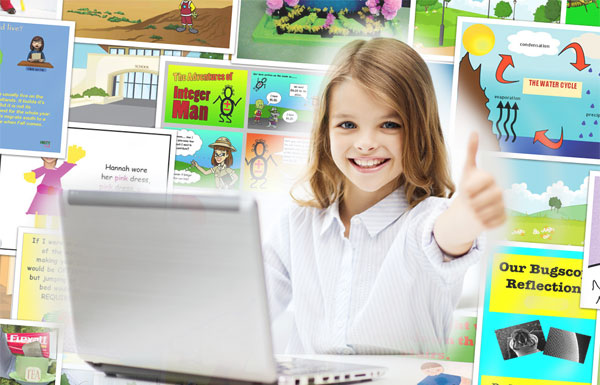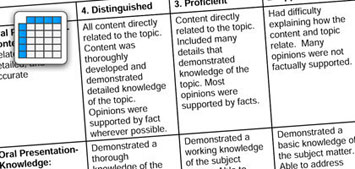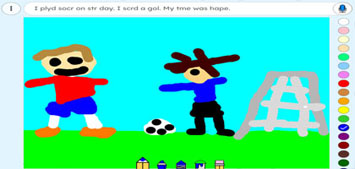
An interview with Dr. Jason Ohler

You may know Dr. Jason Ohler from one of his books, like Digital Storytelling in the Classroom, know of his work to promote Art as the 4th R, or heard him speak at an education conference. Dr. Ohler has been working with augmented reality as an art form, as well as a tool that can be used across the curriculum.
In 2012, the Alaska Society for Technology in Education (ASTE) began the Conference Artist in Residence Program to bring together students and professional artists with the intention of exploring new technologies through an artistic lens.
The ASTE As Art program hired electronic music artist Craig Harris, digital photography artist Candy Kuhn, and I to facilitate the creation of an artistic perspective of the conference, addressing the question: what is the future of technology and education? The result was It’s About, a 12 minute collage of interviews, video, archival material, electronic music and other media.
Faced with budget cuts, ASTE continued the Conference Artist in Residence Program in 2013, but rather than hiring a single artist, we asked K12 students to become “artists in virtual residence.” We combined the work of young artists from Alaska, with work from across the United States and the world and displayed their work using a combination of printed material and augmented reality to create an ARt Gallery.
In an augmented reality environment, you use an AR-enabled mobile device to display information or media from the cloud as your device “sees” something like a piece of artwork. Imagine pointing your phone or tablet at a piece of artwork and having the device fill with media or information that integrates, complements, or extends the piece of art you are viewing. For example, point at a piece of artwork and you might see a student’s reflection on their work.
Finding information is one thing. Putting all the information we find into a coherent whole is an important next step. Augmented reality (AR) is an effective way of addressing information overload.
“I have one important meaningful piece of data (picture or visual) and it is triggering associated meaningful data.”
We are all awash in irrelevant information. By their nature, the triggers and overlays share a meaningful association. In the case of the ARt gallery, meaningful association was made as AR connections occurred between a title and an art piece, and art piece and a video explaining it, two pieces of artwork that form a completed piece of artwork, and in several other ways.
There are endless applications for AR in the classroom and world around us. AR provides a personally meaningful and academically sound way to navigate the immense information in the world around us. It can help us make connections between ourselves, our ideas and our environment in truly unique ways.
How ARt works (in less than a minute!)
ASTE 2013 – 7 minute movie that shows a good deal of student work, and provides an explanation about how augmented reality art works.

Follow us on Instagram for daily inspiration

Create a thought web, cluster, flowchart, or other graphic organizer for a lesson
8 first projects to get students using technology
Creative, digital book reviews
Fun and powerful ideas with animated characters

Wixie
Share your ideas, imagination, and understanding through writing, art, voice, and video.

Rubric Maker
Create custom rubrics for your classroom.

Pics4Learning
A curated, copyright-friendly image library that is safe and free for education.

Wriddle
Write, record, and illustrate a sentence.

Get creative classroom ideas delivered straight to your inbox once a month.
Topics